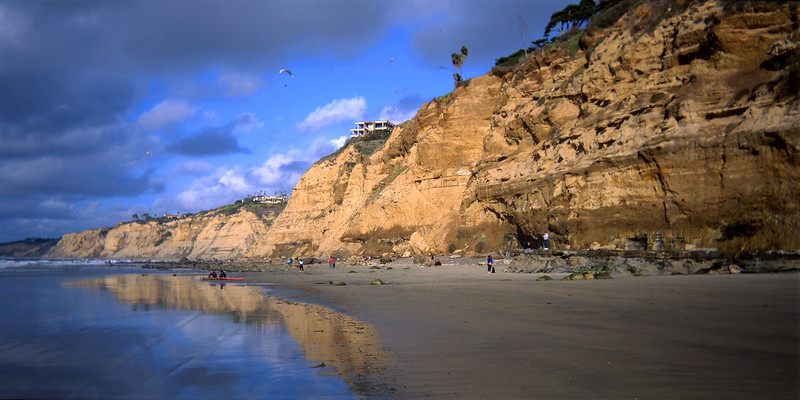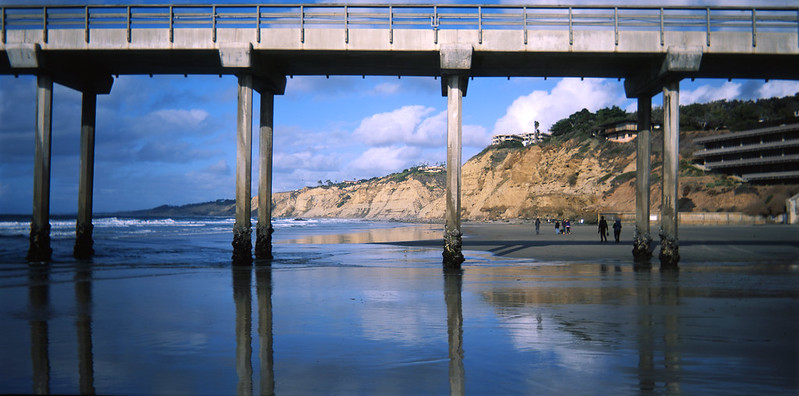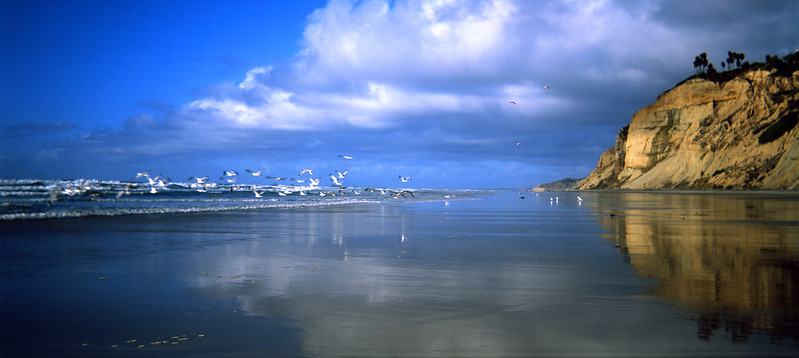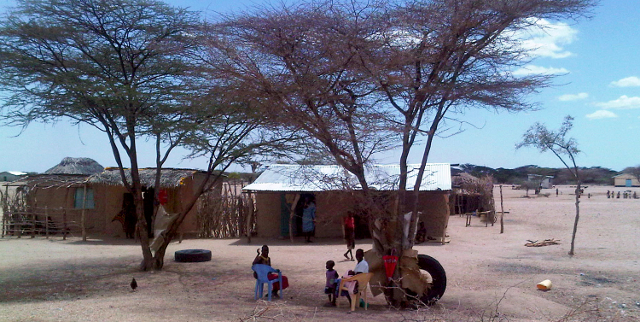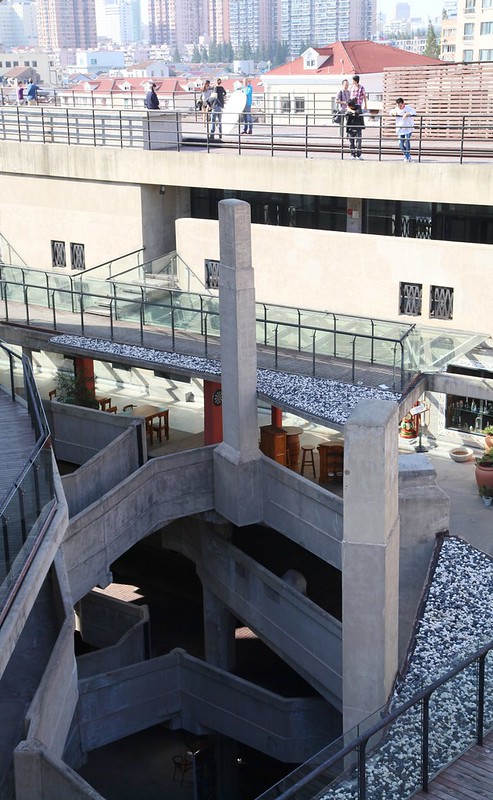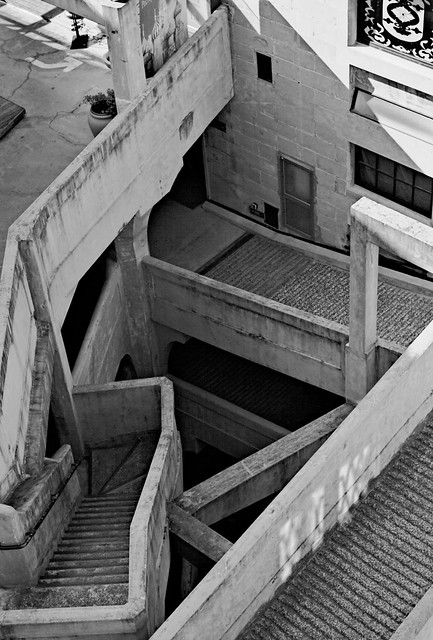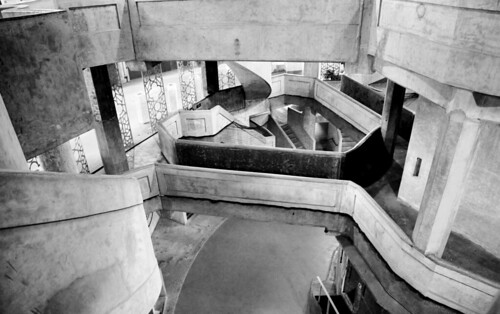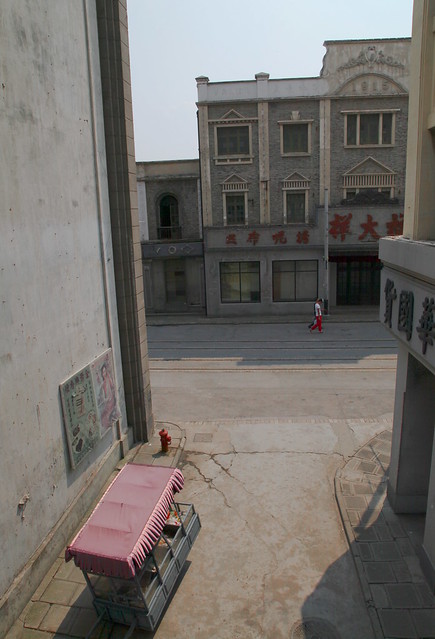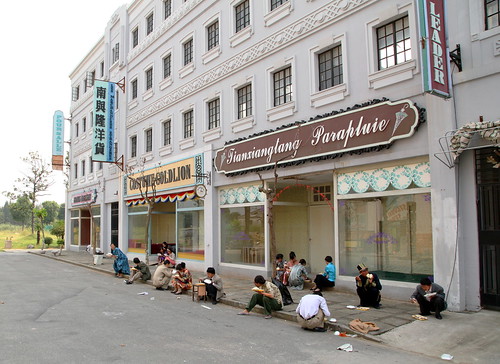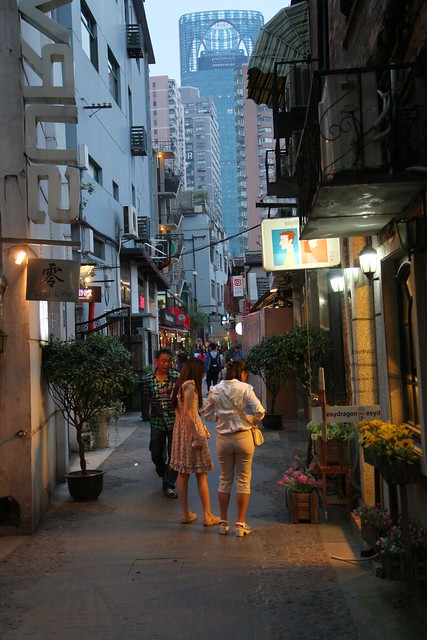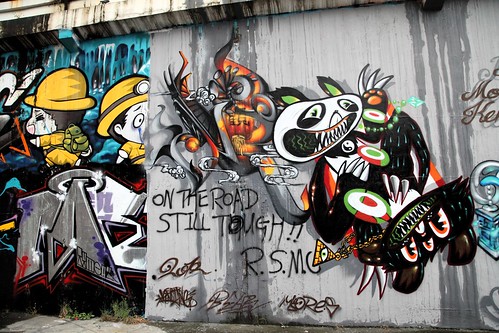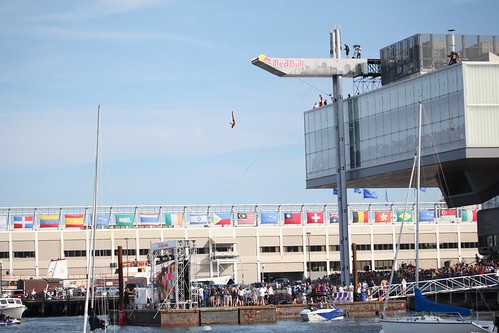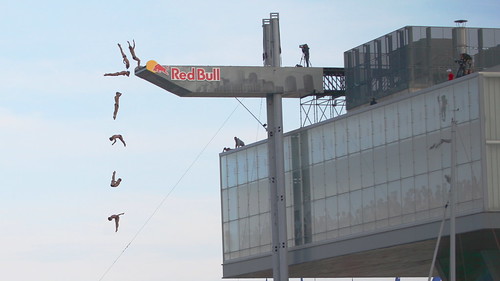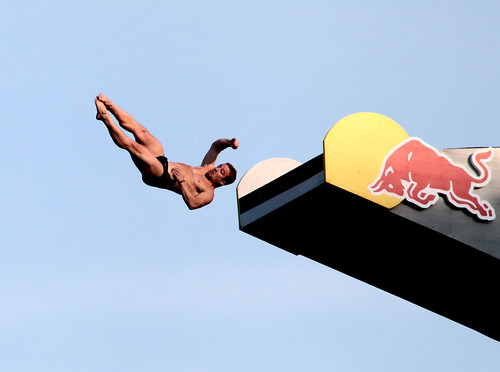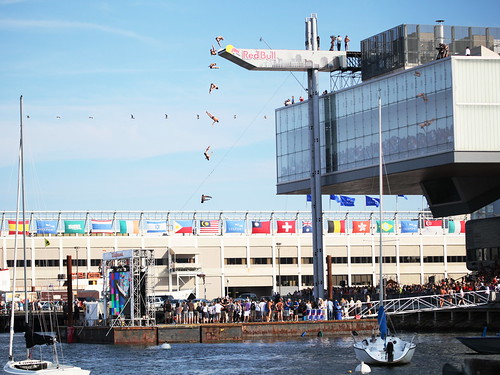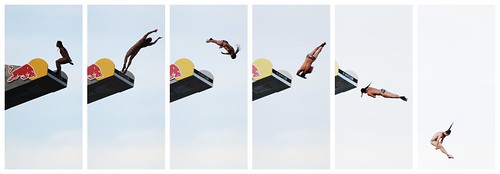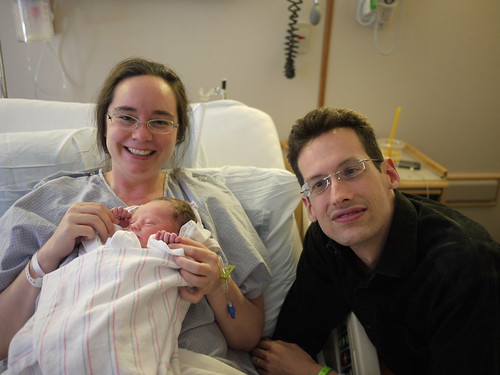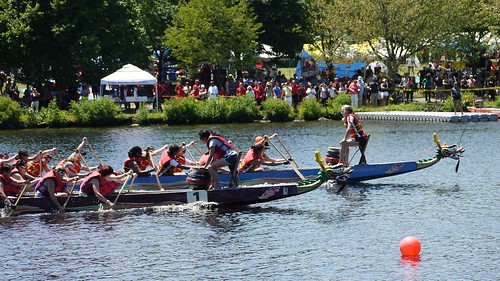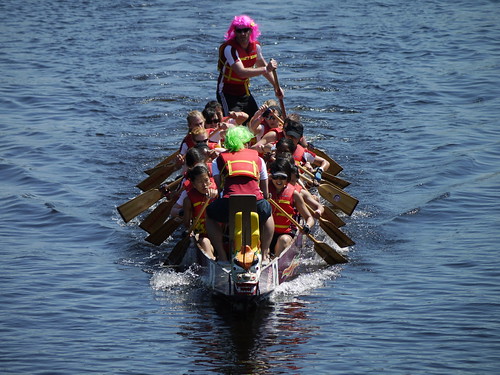Camera review: Lomography Belair X 6-12 —
The Belair 6-12 is an interesting new medium format film camera from Lomography. Here’s a mini-review, mixed in with photos from a roll of Velvia 50 that I shot with the camera at La Jolla Shores.
The camera looks amazing on paper — auto-exposure medium format cameras with interchangeable lenses are usually far more expensive, and the closest thing to the 6×12 panoramic format I can think of is the 35mm Hasselblad XPan II.
It’s much harder to get good results from the Belair than the XPan, though. The problems I’ve seen, starting with the most severe:
- “Infinity focus” isn’t infinity sometimes. This could be a lens calibration problem, or the bellows not extending far enough, or the film not being held with enough tension to stay flat against the film plane. This seems to make the camera useless for landscapes, which is what I’d want to be shooting with a panoramic medium format camera.
- When you take a shot, the shutter lever is on the front board that the lens is attached to via the bellows, rather than on the same side of the bellows as the camera’s body. This means that your sturdy tripod is keeping the camera’s body still while your finger is moving the lens board around and making your image blurry. This is probably the largest design flaw in the camera, and I thought the lack of reliable infinity was already pretty terrible. So, you actually shoot by putting the camera on the tripod, putting your outstretched index finger along the base of the front lens board to support it, and then using your thumb to activate the shutter extremely gently.
- The viewfinder isn’t coupled to the lens; you focus blindly by setting the distance between you and the subject and relying on depth of field. This makes the focus problems much worse, because you can’t even tell whether the lens is failing to reach infinity.
- The camera seems prone to “fat rolls”, where the spool doesn’t stay tight. This sometimes results in light leaks, and is what makes me think that the infinity problem might be about the spool not being flat against the film plane.
- The autoexposure is inscrutable (you can’t see what shutter speed it’s chosen) and sometimes makes bad decisions.
- There are two plastic lenses included, a 58mm (21mm at 35mm equivalent on 6×12) ultra wide angle and 90mm (32mm at 35mm equivalent on 6×12) wide angle. The lens quality is not good. Each lens can be used at f/8 or f/16, which results that I’d describe like this:
| 58mm | f/8 | Extremely soft everywhere, with strong vignetting |
| 58mm | f/16 | Still pretty soft |
| 90mm | f/8 | Soft, but somewhat usable |
| 90mm | f/16 | Usable |
You can see that the interchangeable lenses don’t add much if you’re interested in sharpness; you’ll want to stay at 90mm f/16 almost all of the time. (I should point out that Lomography is selling glass lenses for the camera as an upgrade — if you’re willing to spend more money on those, they’ll probably have better performance.)
With all that griping aside, how is it to shoot? It’s pretty fun. I like these shots, although I’ve had other rolls come back with unusably poor focus or exposure. In the shot below, I actually like that the two sides of the image (the seagulls and the cliff) are very soft; they make the photo look more painterly and surreal, which works here.
I can’t recommend buying the Belair, at least at its current price. I took advantage of a 40% preorder discount, and I think some of my problems with focusing might be caused by getting an early production camera that way. While I’m excited to see Lomography trying hard to innovate and keep film alive, the Belair seems to be more of a toy camera than a serious one.


